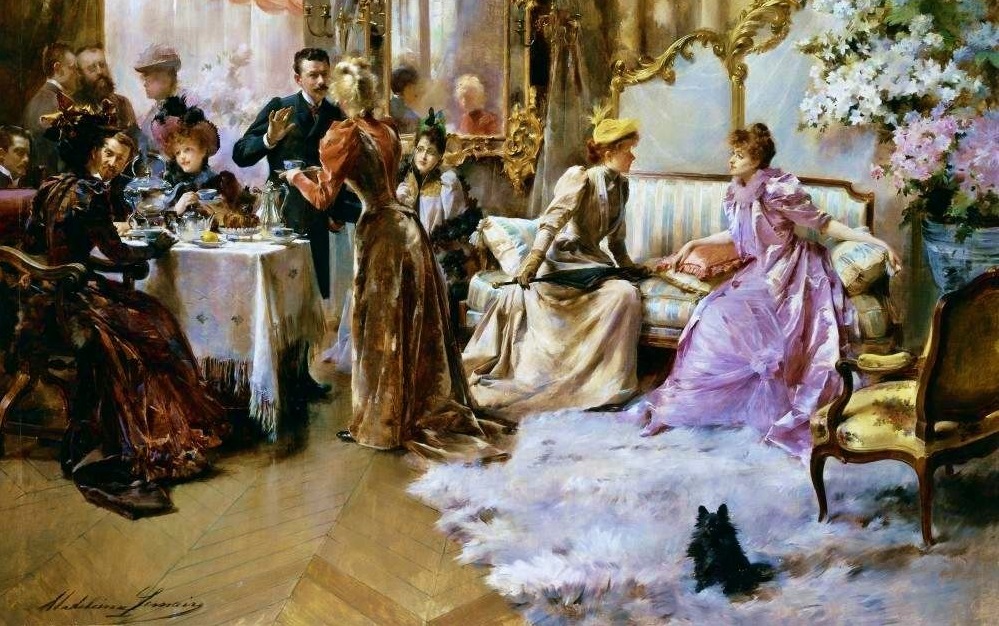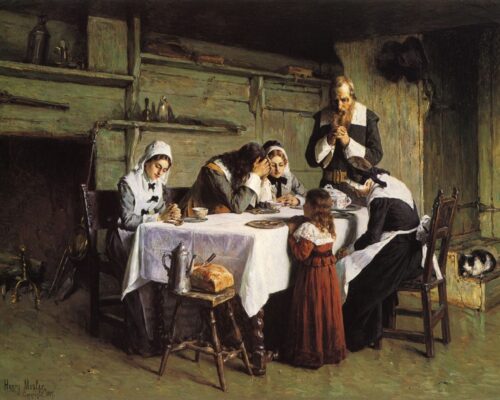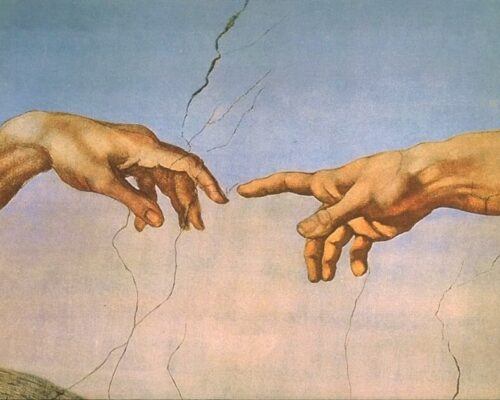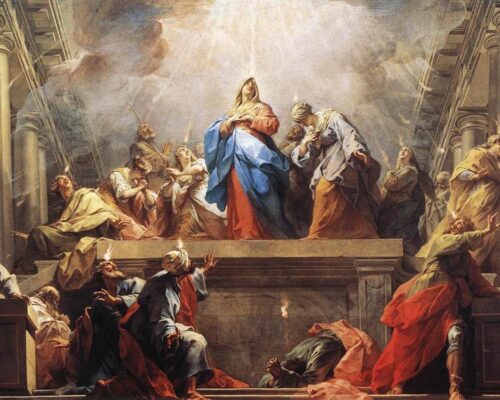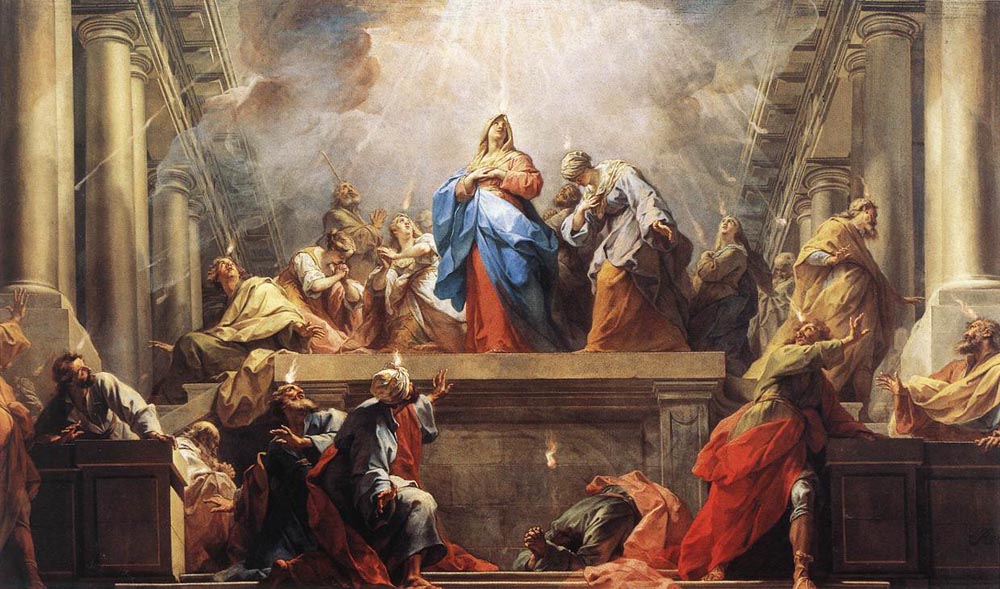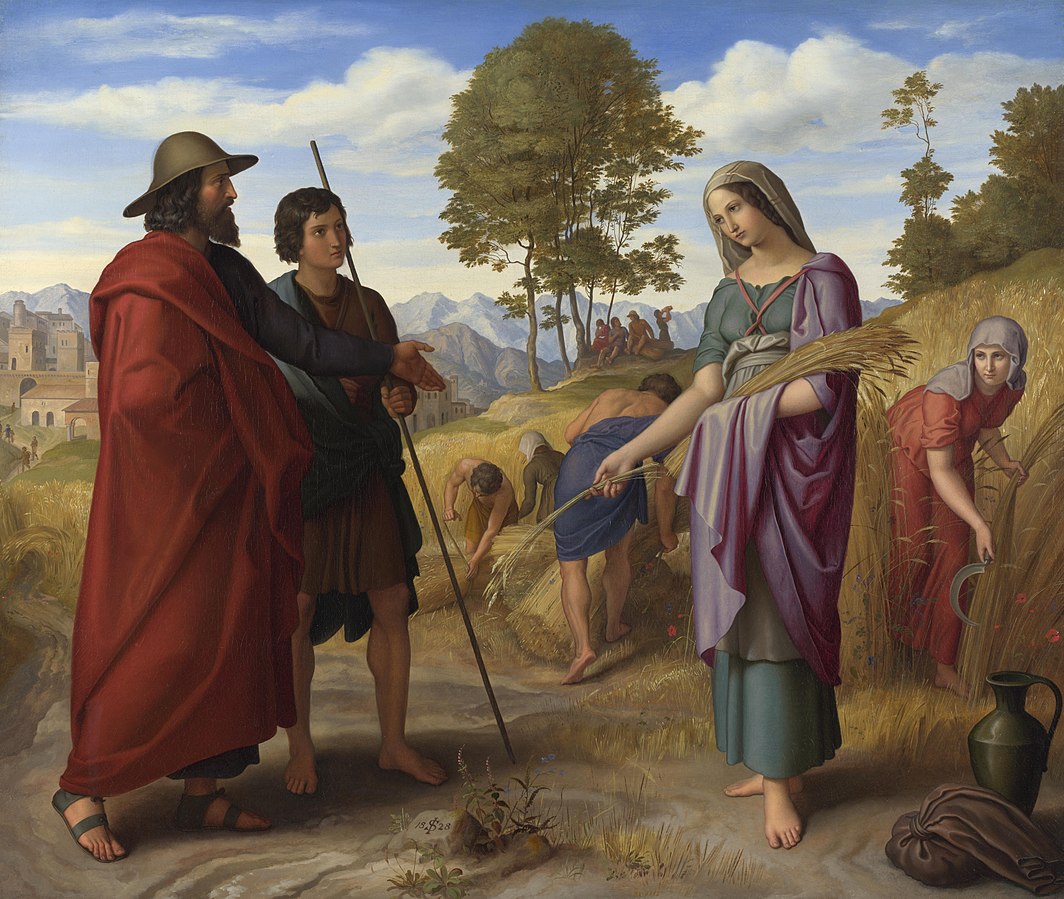
Renaissance Present
By Robin Capers
This is a continuation from What Is Renaissance Through The Arts?
Hippies, Jesus Freaks, and Restoration Artists
Hippies of the 1960s were members of America’s youth who set out to change the world through an anti-establishment, counterculture movement of drugs, sex, and rock and roll. “Peace,” “Flower Power,” “Free Love,” “Make Love Not War,” and “If It Feels Good Do It” were not only hip things for young people to say—but lifestyles.

Hippie Movement
Items such as headbands, granny glasses, fringes, and bell-bottoms may come to mind when thinking about hippies. Living in communes and smoking marijuana (before it was legal) was the new norm. Young adult females often stripped off restrictive undergarments as an expression of freedom. LSD was the mind-altering drug of choice. Artwork was psychedelic. Everything was “Far Out,” “Groovy,” “Heavy,” or “Mind-blowing.” Getting stoned was a part of everyday life. Being stoned removed inhibitions. Group sex or orgies were acceptable. And all of the above spilled over into mainstream American pop culture.
Rock and roll was used as a form of propaganda much like the Roman Catholic Church’s use of artwork during the Renaissance.
Check out the video below to learn about Carlos “Santana’s Acid Trip” at Woodstock. It’s very enlightening and reveals how Satan deceives us by speaking into our minds. It also reveals how religious leaders, throughout the centuries, have been led astray. We must pray for the Gift of Discernment of Spirits.
Carlos Santana’s Acid Trip
Hippies promoted “free love” and drug use through the lyrics in their rock songs. They also sang songs with lyrics against authority, politics, and war. Hippies were known for picketing, sit-ins, and “peaceful” demonstrations. Running naked through public buildings or “streaking” was used for attention-getting with shock value. Actions of the rebellious youth of the sixties greatly influenced American culture and beyond. Lasting and lingering effects can still be found around the world, today.
Check out the video below to see what Carlos Santana described in his interview above. The title of the song, “Soul Sacrifice,” should be a blatant giveaway to the depths of Satan’s deceptions.
Santana – Soul Sacrifice 1969 ‘Woodstock’ Live Video HQ
Jesus Movement
Out of the Hippie Movement emerged another counterculture movement known as the Jesus Movement, aka Jesus Freaks, of the late 1960s and early 1970s. Jesus Freaks were Hippies who “found Jesus” and exchanged their hallucinogens and free love lifestyles for Bibles.
Jesus Movement in Berkley, California, 1960
I cannot imagine Holy Angels offering fleshly praises to the Lord Most High as they “Rock On for Jesus” in God’s Throne Room in Heaven.
Jesus Freaks held onto their rock music—albeit with “revised” lyrics, which brought “Christian” rock and roll into mainstream church. Now, it appears that Jesus Freaks are making a comeback. Check out the video below.
DC Talk – Jesus Freak (Original Video)
I cannot imagine Holy Angels offering fleshly praises to the Lord Most High as they “Rock On for Jesus” in God’s Throne Room in Heaven. Get the picture?
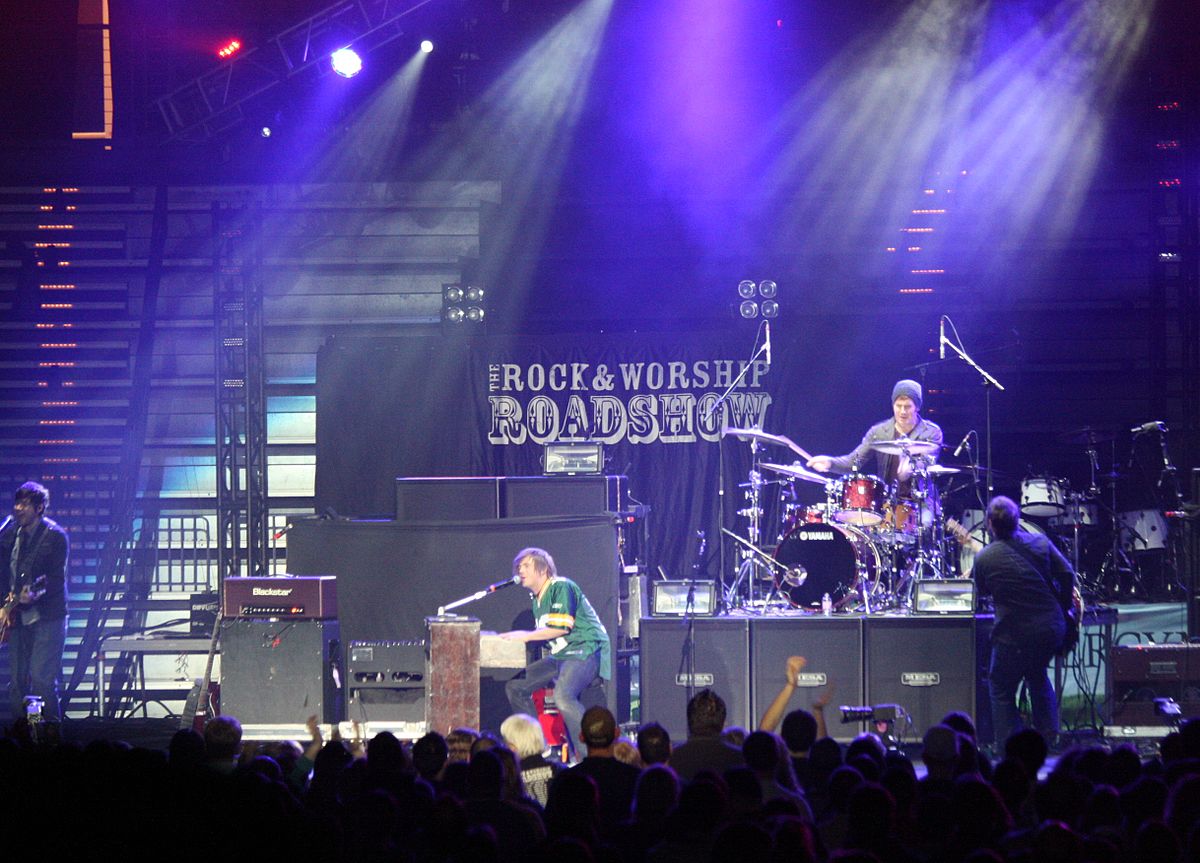
Last century’s adage is true. A picture is worth a thousand words.
Restoration Artists
Restoration Artists of the New Millennium are artists from among all generations, who might be considered polar opposites of both Hippies and Jesus Freaks as well as “Christian” artists of today with their own “pop culture” trends. In the Book of Ecclesiastes, King Solomon resolved, “Here is the final conclusion, now that you have heard everything: fear God, and keep his mitzvot [(commandments)]; this is what being human is all about. For God will bring to judgment everything we do, including every secret, whether good or bad” (Complete Jewish Bible, Ecc. 12:13-14).
Our Messiah revealed, “Don’t think that I have come to abolish the Torah [(commandments)] or the Prophets. I have come not to abolish but to complete. Yes indeed! I tell you that until heaven and earth pass away, not so much as a yud or a stroke will pass from the Torah—not until everything that must happen has happened” (Matt. 5: 17-18). Unfortunately, the word “complete” or “fulfill” that is used in most translations is often misinterpreted. The result is lawlessness (Matt. 7: 23; Rom. 6:19; 2 Cor. 6:14).
Restoration Artists worship God from the simplicity of their hearts with music and art sent from the Throne Room in Heaven.
Restoration Artists choose to obey God and keep His Torah out of their love for Him. They imitate His Son as the living Torah / example of how to live a holy life that is pleasing to God. They are about the Father’s business in the Kingdom of Heaven on earth. They are carriers of His Divine Love and Presence in the marketplace. They are Holy Spirit-led, community-minded, and function together in unity with Spiritual Gifts as equal members of one body (Eph. Ch. 4). Restoration Artists worship God from the simplicity of their hearts with music and art sent from the Throne Room in Heaven.
So, now, you may be wondering… How do we get there?
The answer is pure and simple. We enter through holiness.

Holiness Movement
Holiness requires humility, repentance, and change. The Hebrew word “teshuva” describes the act of holiness. Teshuva requires not only humility in prayer, but actual change of behavior. The early Messianic believers in Yehoshua (Latin: “Jesus”; English: Joshua) were commonly called followers of “The Way” because they followed the way of Adonai (“LORD,” referring to GOD) and his Moshiach (Messiah). According to the Hebrew perspective, teshuva (repentance) means to return to following the Torah in humility and respect.
Holiness requires exposing Satan’s strongholds and uncovering compromise within our lives. It requires discovering deceptions and false doctrines within our belief systems, even within the traditions of men that were handed down to us. It requires letting go and getting rid of everything that is false (Eze. 8:6-10; Eph. 5:8-14; 4:11-16).
Holiness requires uprooting sin and tearing down Satan’s strongholds. It requires acknowledging and confessing sins. It requires changing directions as evidenced by new lifestyles, new actions, new speech, new activities, new belief systems, and new structures (Joel 2: 13, 15-17; Eph. 5:27).
Holiness requires renouncing and destroying generational curses and ungodly soul ties. It also requires putting an end to racism (2 Cor. 4:2; Neh. 9:1-3).
Holiness requires transformation. Holiness requires change. Are you ready?
Robin L. Capers
Coming soon! “Transformation: From Church to Kingdom Culture.”
